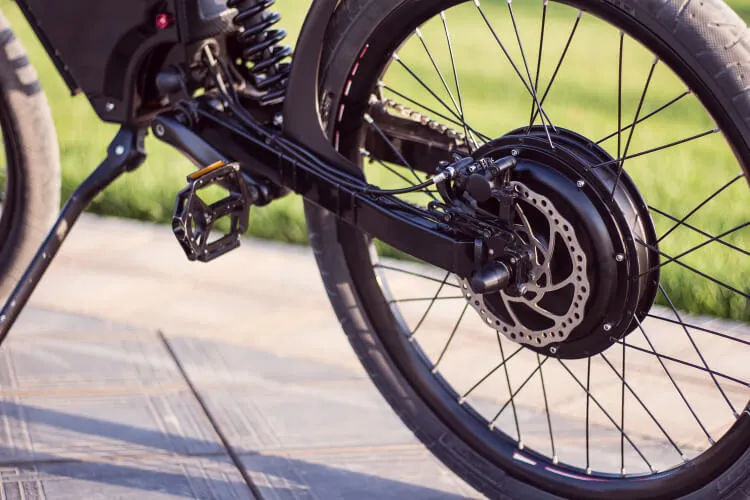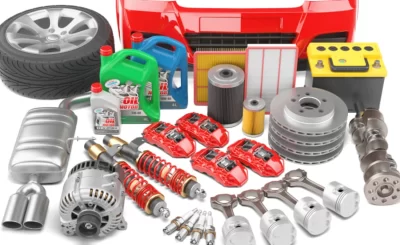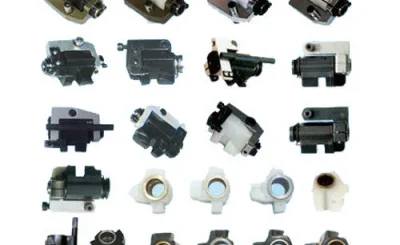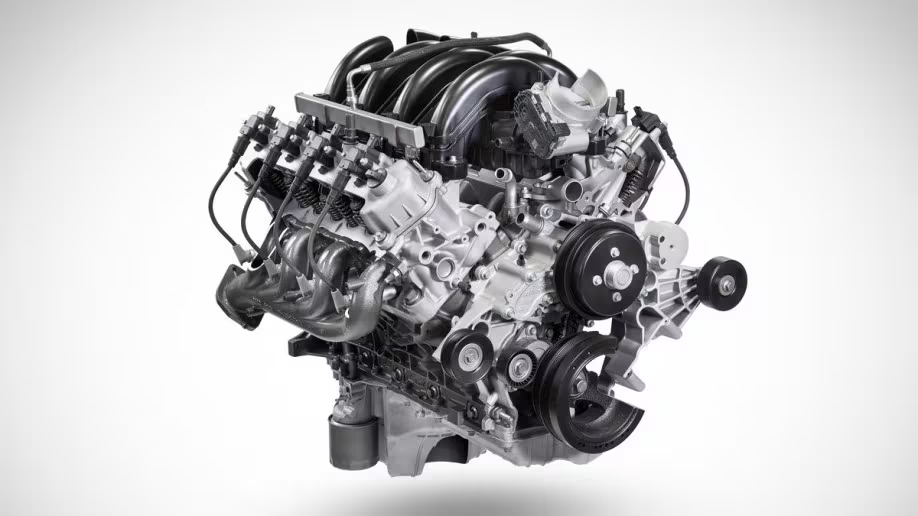You may be asking yourself, do bikes have gears? A bicycle has a gearing system to help riders maximize their muscle power during pedal strokes. You’ll be surprised to learn that bicycles have one, two, or three front chainrings, and a cassette (a stack of cogs mounted on the right side of the rear wheel). In addition to chainrings, the crankset is also made up of several parts. The chainrings are the key components of shifting. The chainrings are a combination of metal pieces called chains, and the cassette is a collection of cogs that sits on the right side of the rear wheel.
Regardless of the type of bike you’ve bought, a bicycle will have gears. The front crankset has larger gear increments than the rear cassette. These two components work together to give you a wider range of gears. In addition, you’ll notice that pedalling in a higher gear will require more energy. A low gear will require less effort to maintain. Gears also make it possible to change your speed more consistently than one without changing the gears.
While seven-speed bicycles are a popular choice for commuters, there are also some 21-speed and 22-speed bikes available. These bikes usually have eight to 10 rear gears, and two front gears. Modern road bikes are typically lighter and easier to maintain. You can find a bike that matches your riding style and budget by learning how to use your bike. You can also learn more about the different gear types available for a specific bike type.
If you don’t have a bike with gears, you may have never noticed. You’ve seen people pedaling in a single gear. They may not realize that their bike has different gear combinations. But it’s a good thing that there are multiple gears if you want to pedal at different speeds. This makes your biking experience more comfortable and enjoyable. There’s a simple explanation for why bicycles have gears.
Your bike’s gears are arranged on a cassette, which is the back portion of its drivetrain. These cogs are organized in an order of larger to smaller. The largest cog is the lowest gear. Smaller cogs are higher, harder to pedal. There are usually as many as 13 cogs on a cassette as you need to change gears. Your gear ratio will be governed by the relationship between the cog and the chainring teeth. If you have more cogs, you’ll have smaller increments between gears, which makes for a smoother pedal stroke.
A bike with 10 or more speeds usually has two shifters. The left shifter is numbered 1-2-3, while the right shifter is labeled 4-5-6. Shifting from one gear to another will move the chain onto the next ring. You can shift up by pushing the left shifter, or downshift by pressing the left-hand shifter. You can also downshift by using the right-hand shifter.

















